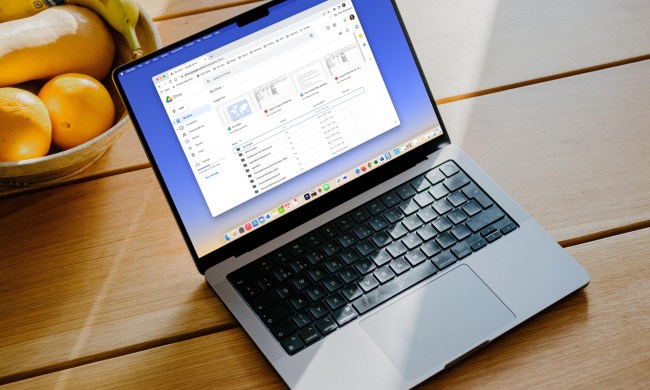
Chrome users have been requesting FLAC support to be added to the browser since 2011, according to a report from 9to5Google. These appeals reached a fever pitch in 2015, but work didn’t actually get underway until September 2016.
FLAC support has become much more prevalent in recent years, with popular operating systems like Windows 10 and Android offering system-level compatibility across various devices. Apple is a notable holdout, having neglected to include native FLAC support in either iOS or MacOS.
Anyone that’s serious about maintaining a FLAC music library will likely turn to a dedicated program for organization and playback. However, in a situation where the user just needs to test out a FLAC file or listen to it once, being able to drop it into Chrome will be a convenient option.
As of Chrome version 56, users will be able to use the browser to open and play FLAC files. The interface is admittedly a little bare-bones, simply being comprised of a play/pause button, an audio scrubber, and volume controls. More advanced features like album artwork support may well follow in future versions, as they’re already present in Chrome OS.
Chrome version 56 is expected to drop sometime in late January, at which point FLAC support will be available to all users of the desktop version of the browser. Mozilla’s flagship browser is also set to receive the same functionality later this month, as of the release of Firefox 51.


